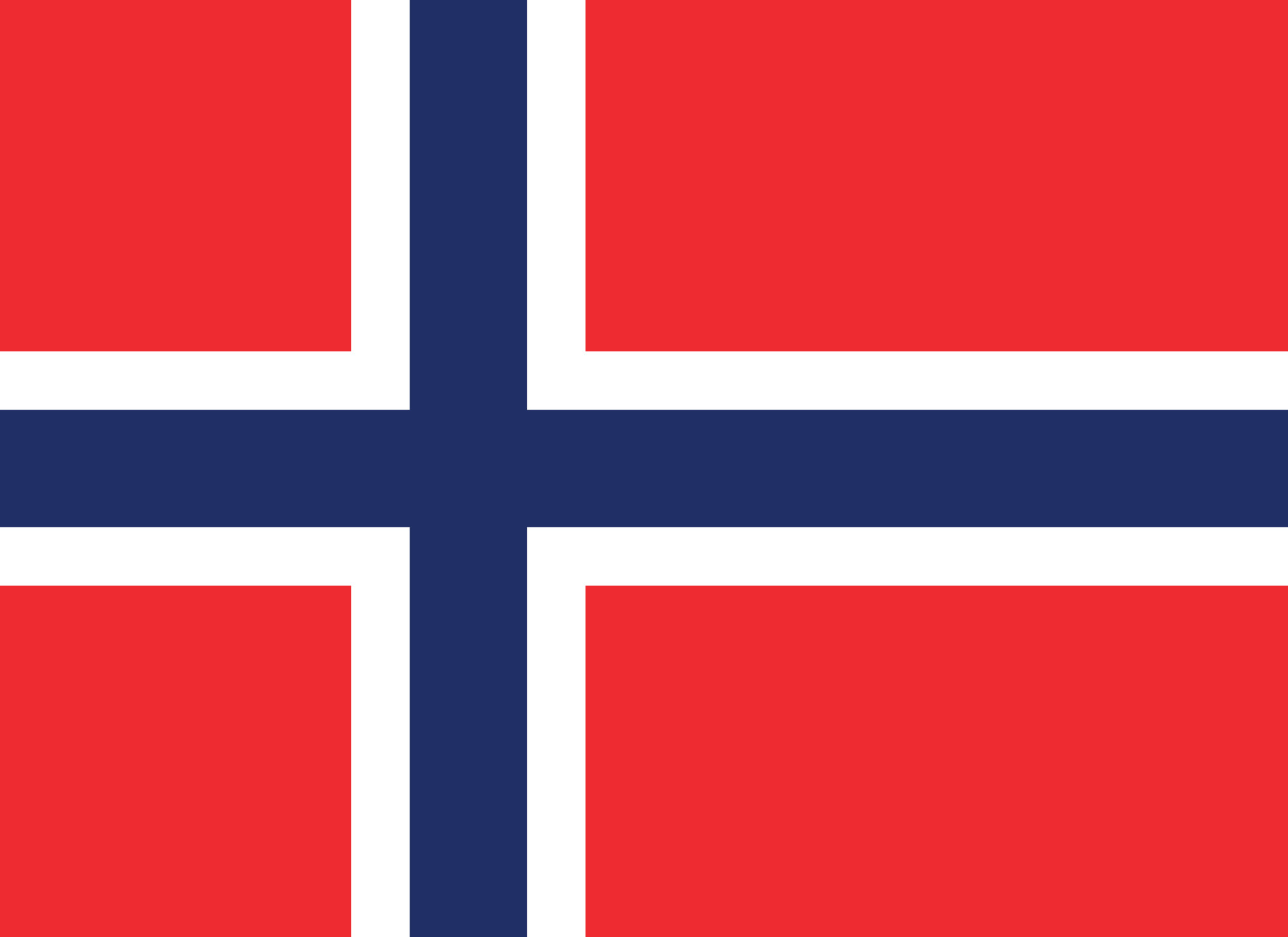Norway flag is the national flag of Norway, a country in northern Europe. The flag has a red background. A blue cross outlined with white extends to the edges of the flag. The middle of the cross is shifted toward the hoist (side closest to the flagpole). This type of cross pattern is called a Scandinavian cross or a Nordic cross.

Norway has a civil flag that is flown by individual citizens and in international settings. It also has a state flag that is used by the government. The flags have similar markings but different shapes. The civil flag is a rectangle. The state flag is swallow-tailed (forked at the outer edge).
The colors of Norway’s flag recall past political connections with other Scandinavian nations. In the late 1300’s, Norway, Denmark, and Sweden formed a union under the rule of one monarch. Denmark came to dominate the union, especially after Sweden broke away in the 1500’s. Denmark’s flag was used in Norway. It had a white Scandinavian cross on a red background.
In 1814, Sweden acquired Norway from Denmark in a treaty. Sweden had a blue flag with a yellow Scandinavian cross. At first, the Swedes added a white cross on a red background to their own flag’s canton (upper corner next to the flagpole) for use in Norway. Many Norwegians disliked the design.
In 1821, the Norwegian parliament proposed the flag that Norway uses today. The red background and white cross came from the flag Norway had shared with Denmark. The blue cross inside the white one reflected Sweden’s colors. Sweden tried to introduce several other designs, but the Swedish king finally accepted the flag for merchant use in 1898. The flag was first officially flown in 1899. The Norwegians kept the flag when their country became independent in 1905.
